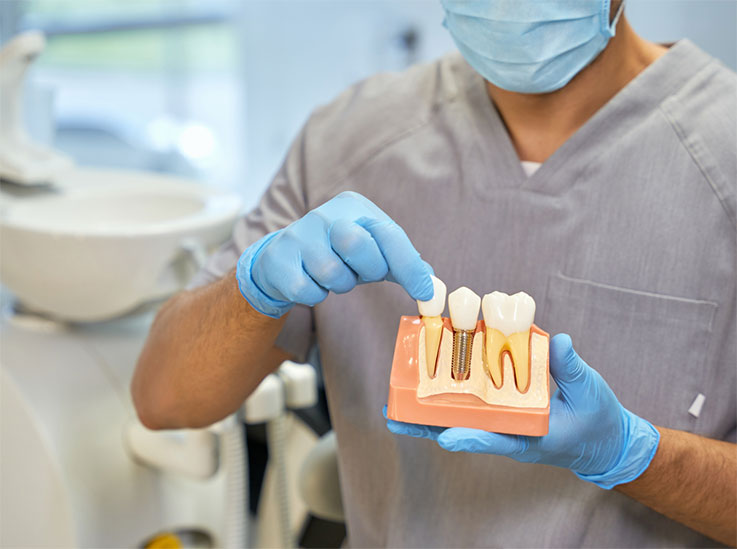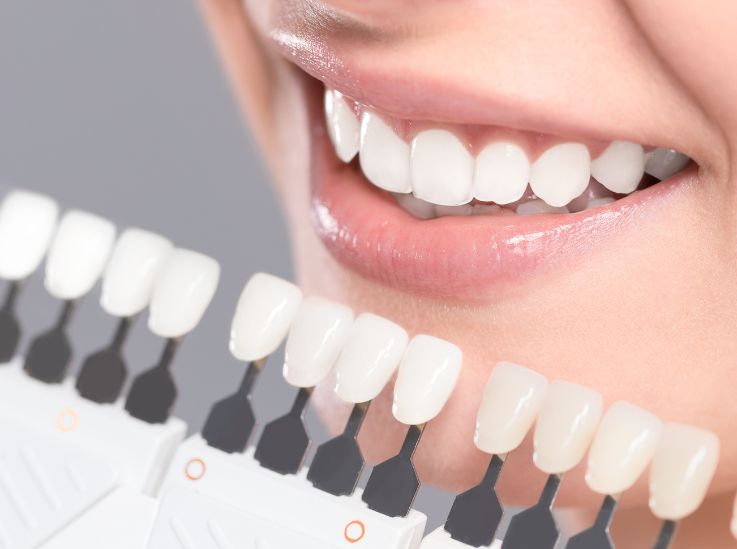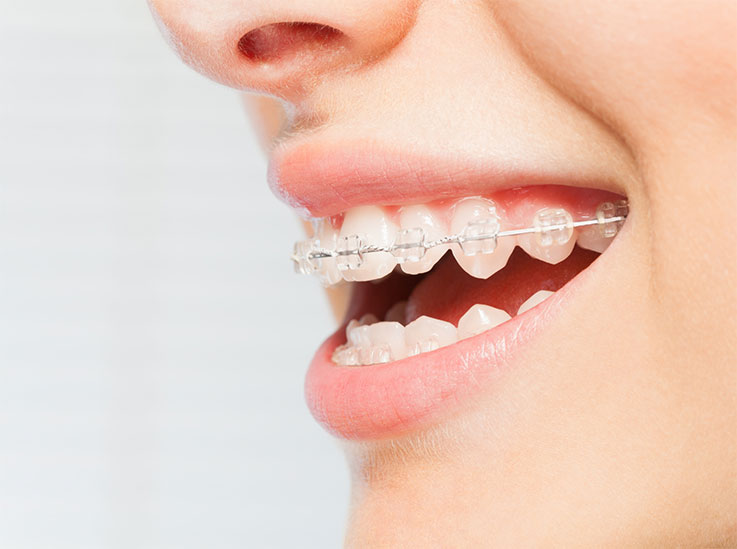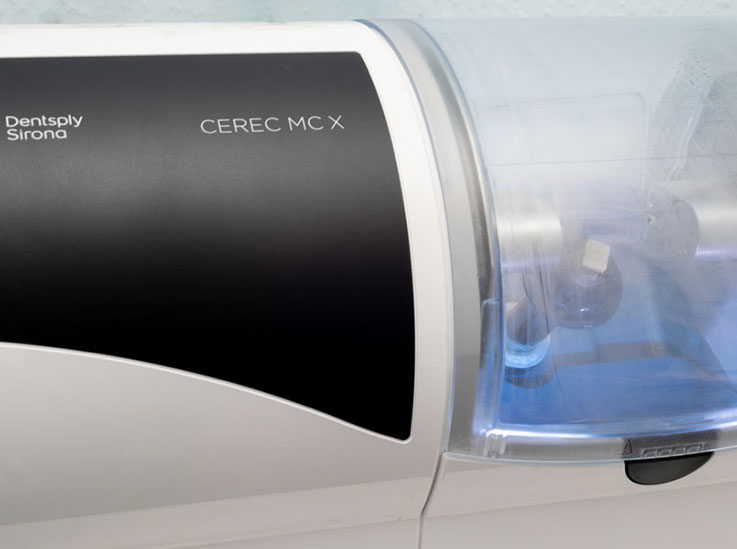Improving the look of your front teeth
Adhesive dentistry has been with us for many years but, recently, major advances have been made.
So how can this technology help you and your teeth?
We can now bond (or glue!) white fillings, veneers, inlays and crowns to teeth. This allows us to reduce significantly the amount of your tooth we take away. This makes the whole process easier for you, and kinder to your teeth.
Bonded Tooth coloured fillings – these materials can be bonded to the teeth to alter the tooth’s shape, size, colour or position.




